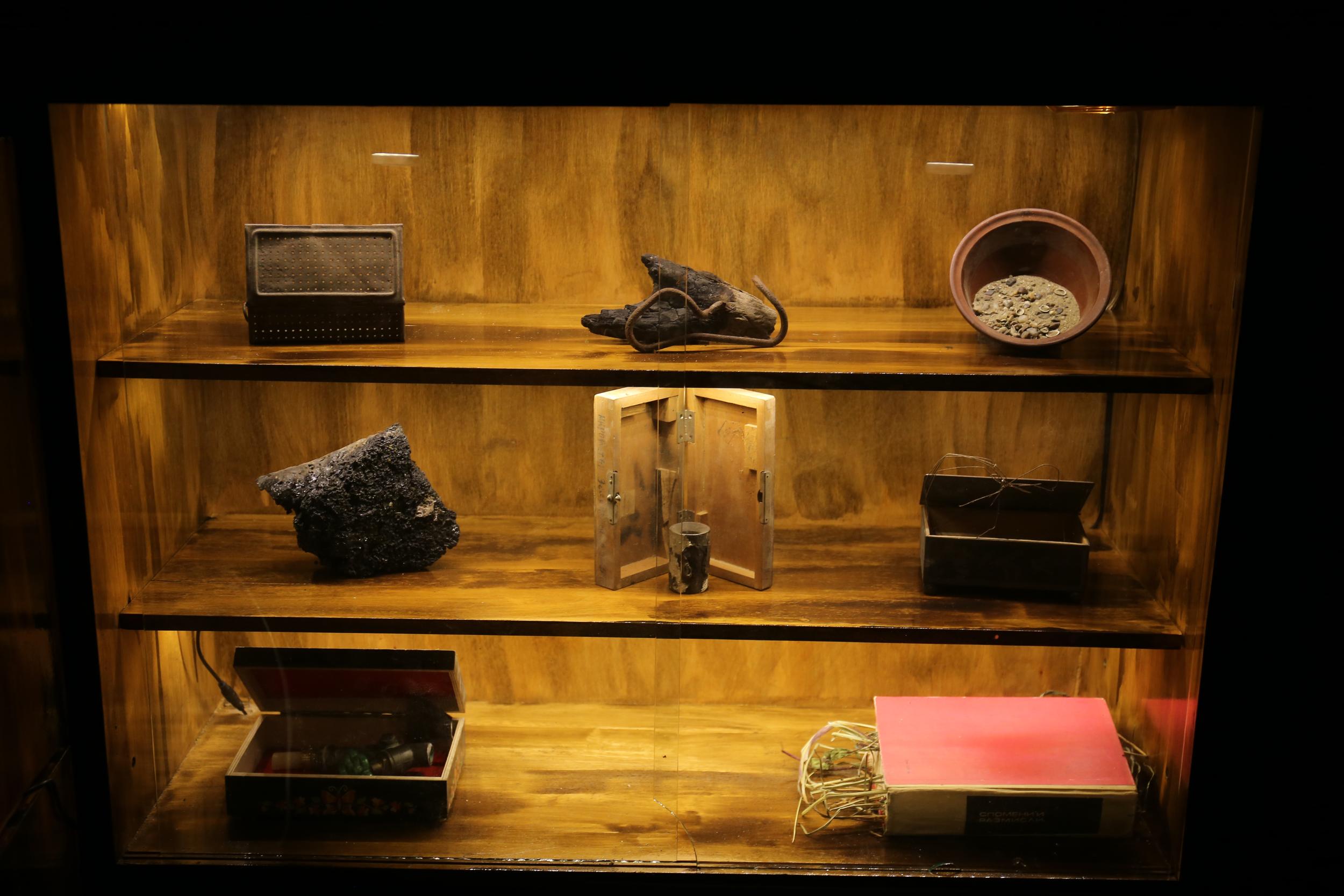Julian Chehirian is an artist and a PhD candidate in the History of Science at Princeton University whose research probes histories of creative attention as therapeutic instruments in psychiatry and psychotherapy. He represented the Bulgarian Pavilion at the 2024 Venice Art Biennale with the multimedia installation The Neighbours (with Krasimira Butseva and Lilia Topouzouva, curated by Vasil Vladimirov), a project about the psycho-social and cultural legacy of political violence in Bulgaria.
The Neighbours unsilences a history of political violence that was left unacknowledged by the Bulgarian state after 1989. A product of 20-years of research and 10-years of studio work, the project (a collaboration with Krasimira Butseva and Lilia Topouzova curated by Vasil Vladimirov) proposes how historians might narrate histories absent from archives or subjected to collective silence. The pavilion has been supported by the Department of History, IHUM, and the Humanities Council at Princeton, as well as by the University of Toronto and the Ministry of Culture of Bulgaria.
His scholarly writing appears in edited collections for Yale University Press, Columbia University Press, Bloomsbury, and in Culture, Medicine and Psychiatry. He was previously a Fulbright researcher in Bulgaria, and prior to that, received a B.A. in Interdisciplinary Studies from American University.
His dissertation project presents a history of “attention therapies” — a set of mid-century experiments at the interface of studio art and the therapeutic mind sciences. The project demonstrates that human attention — its direction, character, and objects — came to constitute a key concern for psychiatrists, educators and public health officials across the 20th century. In parallel, it questions how the category of attention, chaperoned through practices of clinically supervised artistic production, emerged as the core of a set of therapies that sought to counter the pathological effects of wayward and “psychotic” attention. Ranging from early experiments in art psychotherapy to mental hygiene, occupational therapy, phenomenological psychiatry and spiritually inflected somatic practices, the project follows a constellation of unlikely art and science researchers—including experimental educators, fine artists and self-taught psychologists—who entwined psycho-scientific and artistic practices to re-envision post-war psychotherapy and psychiatry.

